KYOTO
Latest content and event information
-
Lake Biwa Canal Boat to operate in autumn 2025
~ [National Treasure and Important Cultural Property Commemorative Flight] Operation Confirmed!! ~
The dream waterway of our predecessors, which can be traced by canal boat
Traces of many great achievements that can only be seen by boarding the shipThe Lake Biwa Canal fell into decline after the capital was moved to Tokyo.An artificial canal built to revive Kyoto's industryThe project, which overcame numerous difficulties, was carried out solely by Japanese people.A major project in Kyoto during the Meiji periodAfter 70 years, the Lake Biwa Canal has been restored. Enjoy a boat trip to see the great achievements of our ancestors with your own eyes, while taking in the scenery around the canal that changes with the seasons.
《Points that can only be seen by those on board》
・Among the plaques at the entrance to each tunnel, each written by representative politicians of the Meiji era, the only one inside the tunnel is that of Kitagaki Kunimichi, the third governor of Kyoto Prefecture, who planned and promoted the construction of the canal project.・Passengers on board can see the pit, which was the first in Japan to use the pit method, from below.
"customer's voice"
-The guide's explanation was easy to understand.
・Even though it's local, I didn't know it.
・Moved by the achievements of our predecessors. The tunnel is also worth seeing.
NatureJapan HeritageKYOTOLink KyotoLake Biwa canal boatcanalscenicLINK KYOTOautumn leavessustainablehistoryKyoto sightseeing
-
A stress-free and easy trip to the seaside town of Ine
The only public transportation from Amanohashidate to Ine is by bus.
There may be long lines in the morning.
The local bus route, which is a valuable means of transportation for local residents, stops at over 30 locations.
If you use the shuttle bus, you can easily go directly to Ine!
You can secure a seat, leave your large luggage in the trunk, and explore Ine!
moreoverA must-see for sightseeing in Ine: a sightseeing boat tour of Ine Bayis!
Take a sightseeing boat tour of Ine Bay and feel the slow pace of time passing.How about enjoying a stroll?
Combine this with the express bus (Tango Kairiku Kotsu Co., Ltd.) to Amanohashidate Station,You can visit Ine on a day trip.INEIneIne BoathousesShuttle busIne BayPleasure boatTouring Ine BayKYOTOLINK KYOTOKyoto sightseeingKyoto's Unique Venues
-
A city where the culture of geisha and maiko who provide heartfelt hospitality through their dancing and other traditional arts has been passed down for generations, and where Kyoto's traditional culture is carefully preserved."Glamorous district"Kyoto's entertainment district flourished as a major center of hospitality culture.
In the Kagai district, geisha and maiko have the spring and autumn performances as their one goal, but they also spend their days training in dance and other performing arts, as well as studying traditional culture such as the tea ceremony. The kimonos and other attire that complement them are supported by the skills of many artisans, including traditional craft artisans, hairdressers, and kimono dressers. In addition to events unique to the Kagai district, such as the opening ceremony, they also inherit seasonal customs and continue to cherish and protect Kyoto's traditional culture by participating in traditional Kyoto events such as the Jidai Matsuri.
Let's experience traditional culture at this valuable museum located in the entertainment district of Gion Kobu.
Hanamachi Art MuseumKyoto DanceKYOTOLink Kyotomaikogeishatraditional craftsLINK KYOTOKyoto tourism moralsKyoto sustainable tourismsustainablecarbon neutralKyoto sightseeingKyoto's Unique VenuesKyoto cultureEmpty-handed sightseeingEntertainment districttraditional culture
-
A long-established inn founded in 1912"Sumiya Ryokan"
The calm, sukiya-style building stands out in Sanjo Fuyacho, the heart of Kyoto. From the guest rooms and teahouse, you can enjoy the beautiful changes of the seasons in the courtyard.At the matcha experience at Sumiya Ryokan, you will be taught how to make and drink matcha, and you can try making it yourself or drink the matcha you made with your family or friends.You can have a fun time.
Sumiya Ryokan is also famous as a tea ceremony inn with deep ties to the Urasenke school. There are five tea rooms in the building, the most famous of which is Gyokutoan. It was named by the 14th head of the Urasenke school, Tantansai, after his predecessor, who was born in the year of the rabbit.
This plan is,Private plans for groupsFor those who are not comfortable sitting upright, we also have chair seats available. Please take this opportunity to come to Sumiya Ryokan.
The official website of Sumiya Ryokan can be found here
Private experiencePrivate ExperienceSumiya RyokanMatcha ExperienceKYOTOKyoto experienceTea ceremonylong-established storeMatchatea roomLINK KYOTOhistoryexperienceKyoto's Unique VenuesgenuineKyoto culturetraditional culture
-
"Tie-dye"It is a method of dyeing kimono that has been passed down in Japan for about 700 years.
By tying the fabric with thread and applying pressure, the fabric is dyed in a state where it is under pressure.
This is a traditional tie-dyeing technique called "makiage shibori," which creates patterns without the dye soaking through.
The way the pleats are gathered and the way the string is wrapped around the fabric will affect how the white background appears,
The skill comes into play in deciding which parts to dye.
You can choose from a wide range of 20 colors.
You will create a unique, one-of-a-kind piece of art just for you.
You can take your creations home with you.
experiencetaikenKYOTOLINK KYOTOhistoryexperienceKyoto's Unique VenuesKyoto culture
-
"Okazaki-an" is a Japanese-style mansion built by "Ueba Hide", a famous geisha in Kyoto, to live out the rest of her life with her husband "Shundo Koji", who was a producer at Toei, and their daughter "Takako".
It is a luxurious building with modern interior design and a Noh stage made entirely of cypress, which was rare at the time, and the windows offer a panoramic view of the torii gates of Heian Shrine and Mt. Daimonji.
This is a luxurious plan where you can enjoy a meal while watching a maiko perform on the Noh stage in this elegant setting.
Limited to one group per time slotSo, after your viewing, you can take commemorative photos, chat with the maiko, and have them all to yourself, which will surely be an unforgettable memory of your trip to Kyoto.
*This plan is a reservation by request. After you apply online, we will contact you by email after confirming with the operator whether or not the reservation can be made on the date you wish to make.
Japanese ResidenceOkazakianDance AppreciationOkazakiKYOTOLink KyotoKyoto experiencespecialmaikogeishaLINK KYOTOKyoto sightseeingKyoto's Unique VenuesgenuineKyoto culturetraditional culture
-
[Features of Matcha Inko "KOTOHA Fragrance and Tea Leaves"]
★Ingredient 100% matcha incense
The world's first fragrance made from 100% matcha!
★Upcycling discarded matcha
We use powdered green tea, which accumulates in air purifying filters and is not sold for consumption.
★You don't have to worry about health hazards caused by smoke
It heats without burning, so there is no smoke.
★Beautiful looking incense
You can choose from over 50 different wooden molds.
★Can be used repeatedly
Because it does not turn into ash after use,Can be used as an aroma stone.
* Aroma stones: Soak in aroma oil and enjoy the scent as it slowly evaporates.
UpcycleUJIMATCHAIncenseAromaexperienceKYOTOupcycleLink KyotoUjiMatchaLINK KYOTOexperienceKyoto's Unique Venues


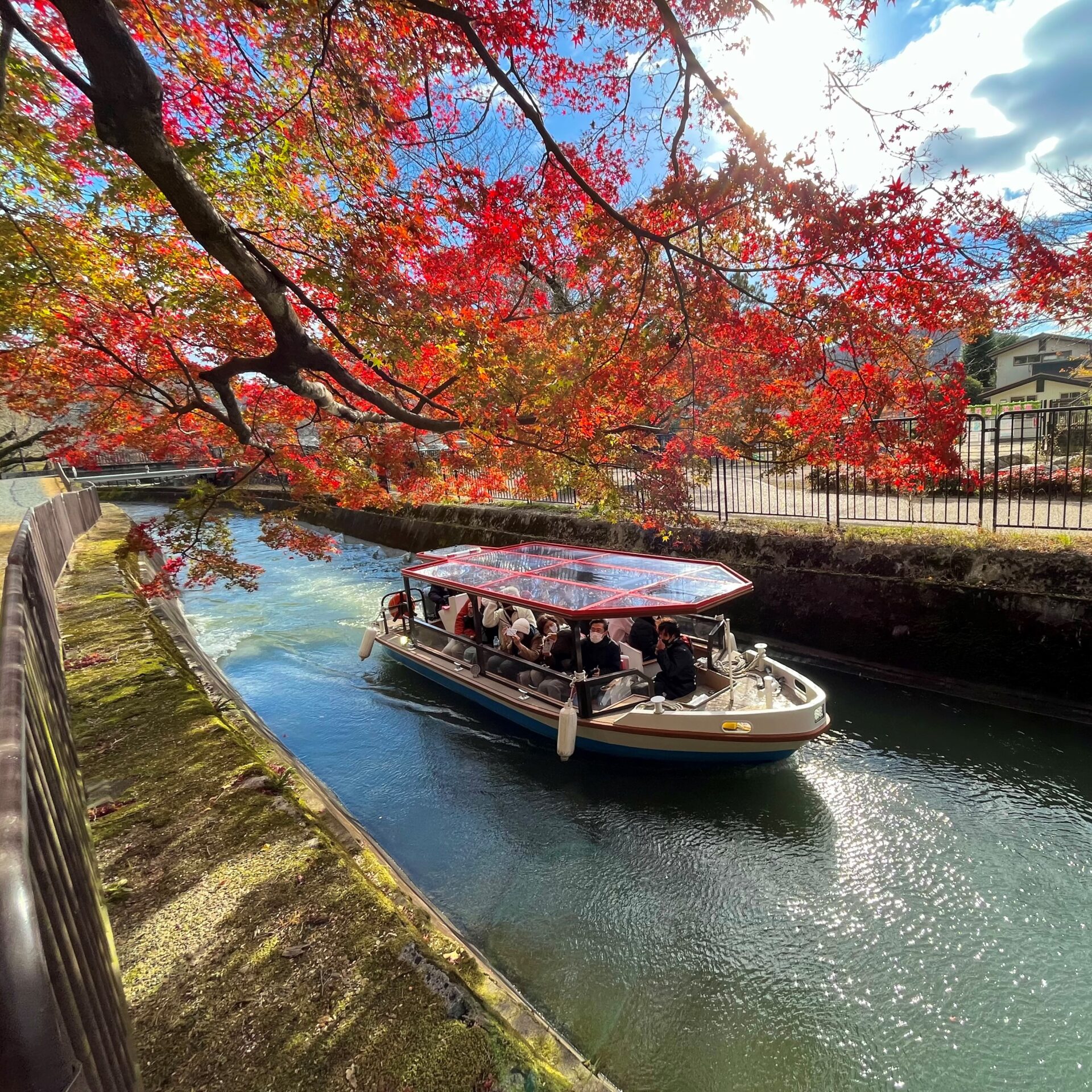
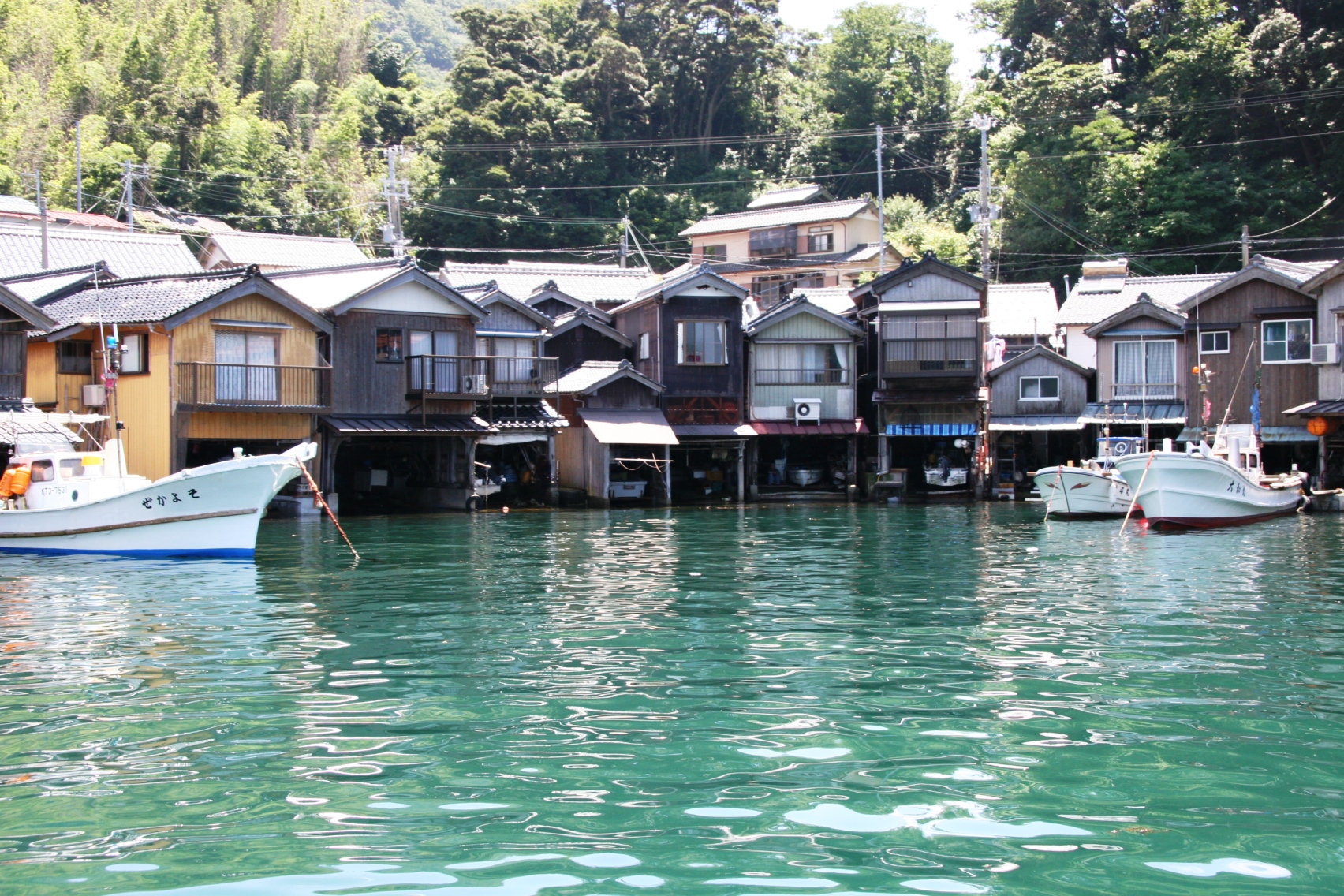
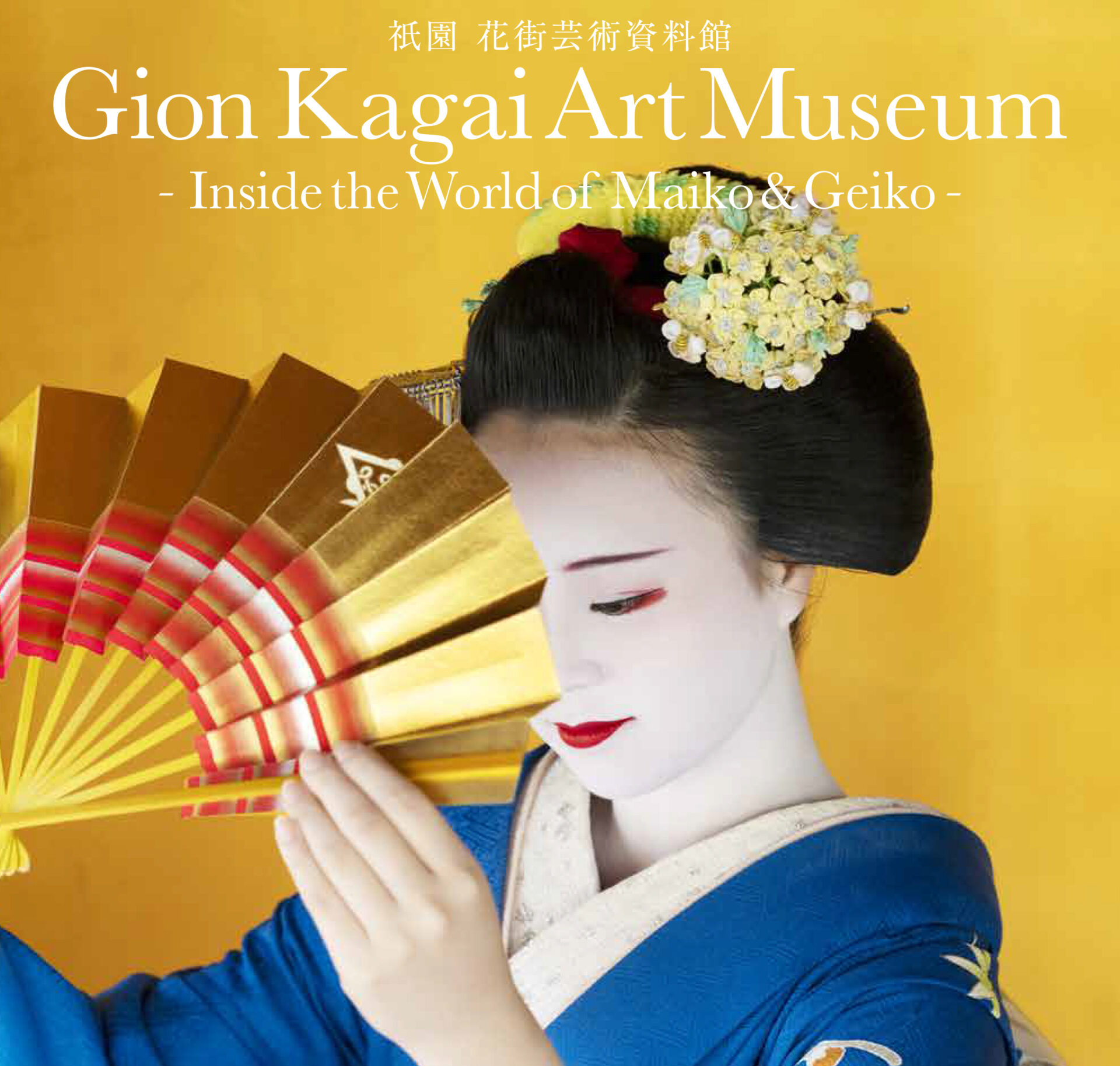

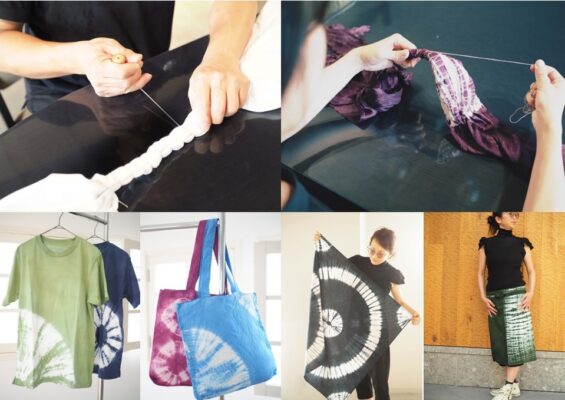
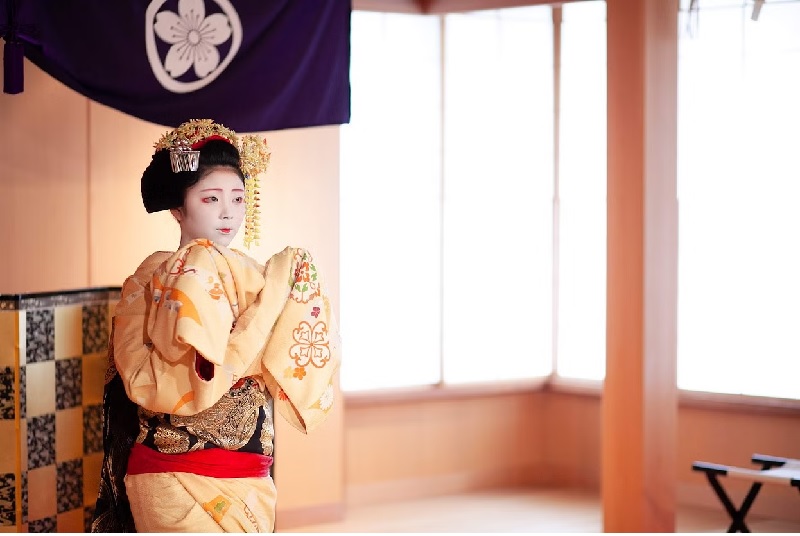
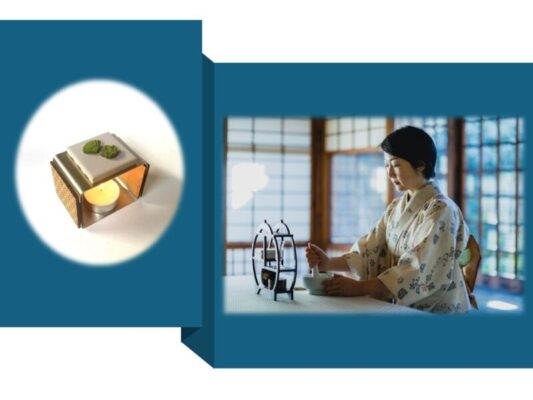
 Kyoto
experience
Kyoto
experience Contact us by phone
Contact us by phone Contact by email
Contact by email